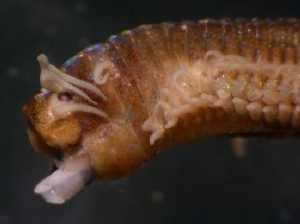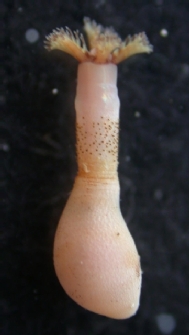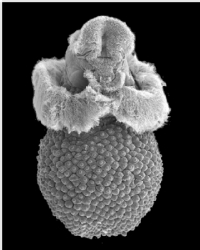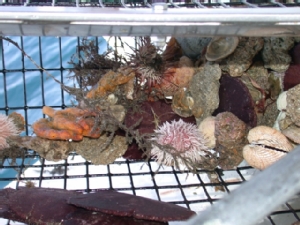Marine Invertebrate Lab
Marine Invertebrate Lab
Research interests
Polychaete and Sipunculan worms
Much of my research concentrates on some of the more cryptic – but often surprisingly common – types of invertebrates. Polychaete worms are represented by at least 10,000 species and range in size from microscopic to several meters in length. Some crawl around freely, some burrow into sand or mud, some are planktonic and some live in tubes attached to hard surfaces. Previous projects include the phylogeny of siboglinid polychaetes from hydrothermal vents and hydrocarbon seeps and the phylogeography of palolo worms.
Sipunculan worms
Sipunculan worms, a.k.a. peanut worms or star worms are less diverse with only about 150 species. There are currently only a handful of scientists in the world who have any taxonomic expertise in this group. On the other hand, sipunculans are receiving a lot of attention lately due to their still mysterious evolutionary origins. I have reconstructed the phylogeny of the phylum by using a combination of molecular and morphological techniques.
Larval Biology
Many benthic invertebrates have complex life cycles that involve planktonic larval stages of microscopic size. Special techniques are often required to examine them, such as scanning electron microscopy and confocal laser scanning microscopy. We are also using DNA barcoding techniques to determine species identities of larvae.




